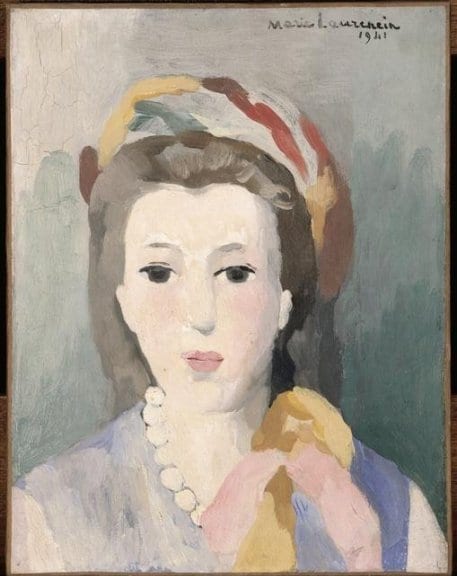
World War II dealt a fatal blow to trade between France and the Gulf region. Many French merchants reoriented their activity around cultured pearls, starting with the Rosenthals, who continue the adventure to this day. . . in Tahiti! To prevent the disappearance of the region’s typical black pearls, which suffered from overfishing in the late 1950s, the French and Japanese joined forces to set up pearl farms in the region. While cultured pearls remained highly popular, especially among younger generations, the natural pearl trade left Paris.

